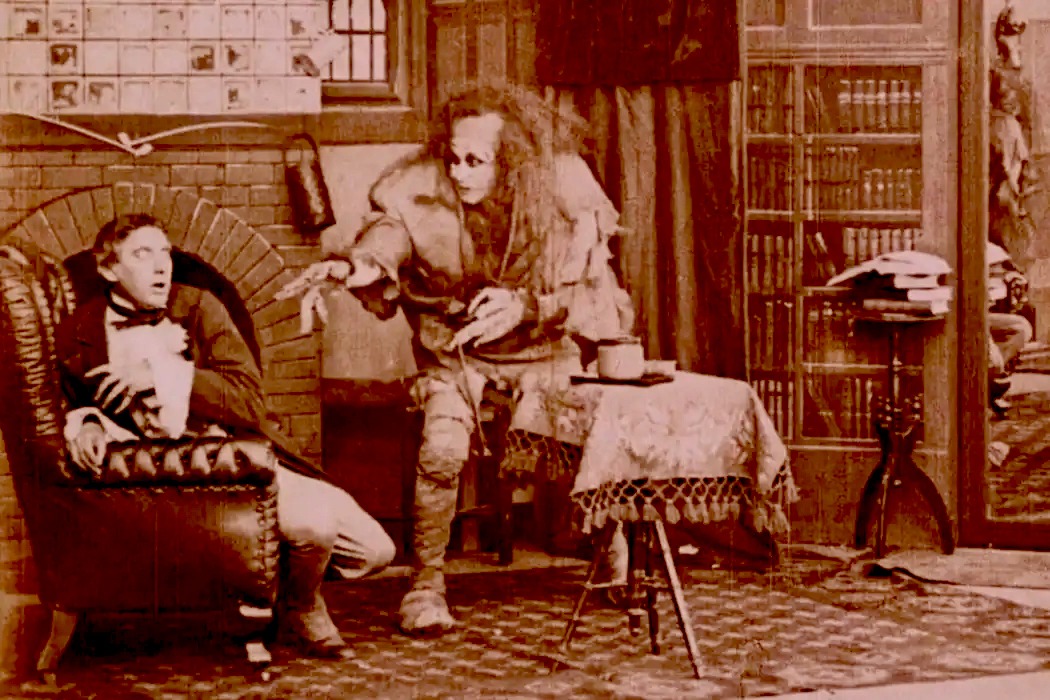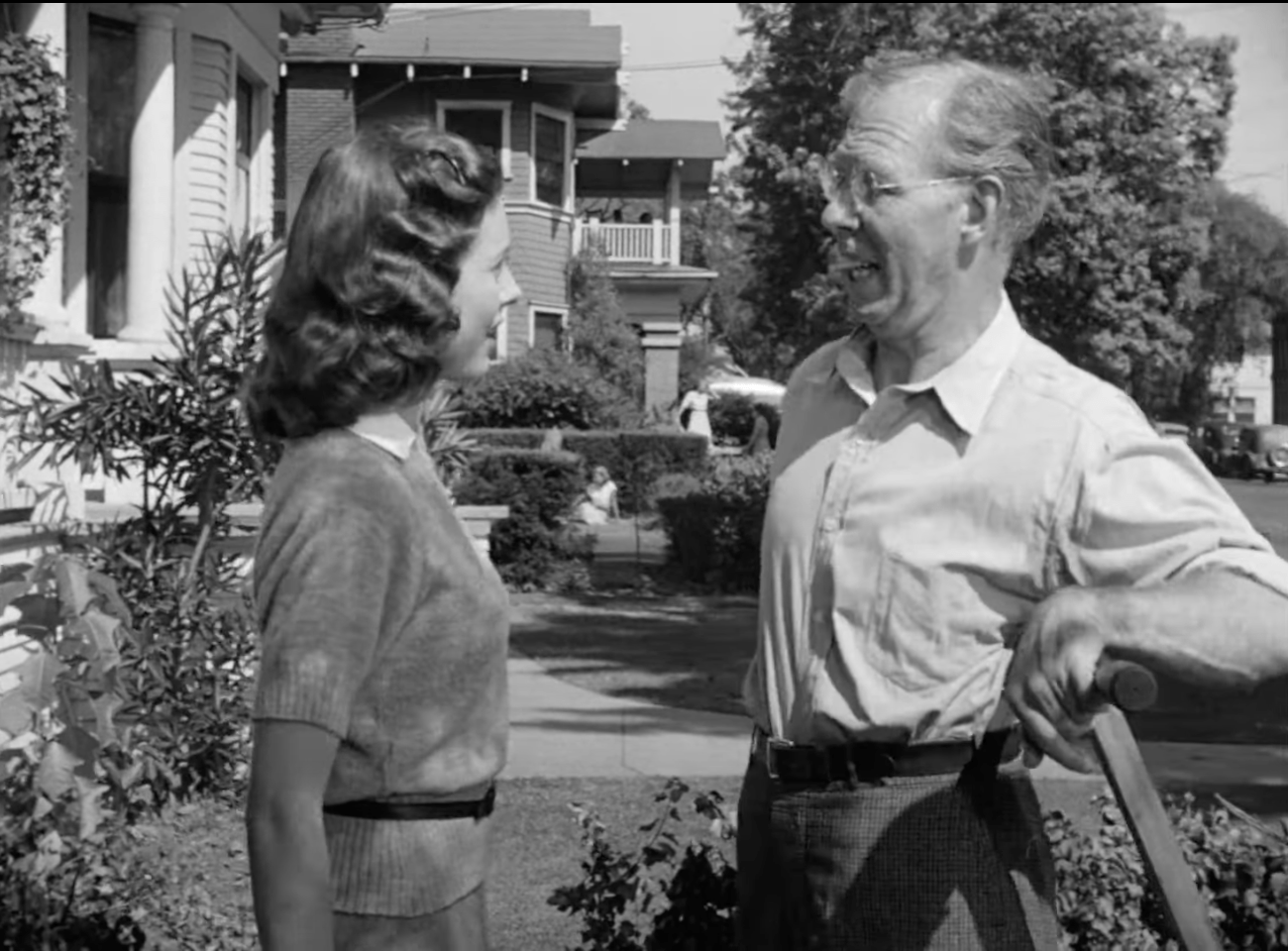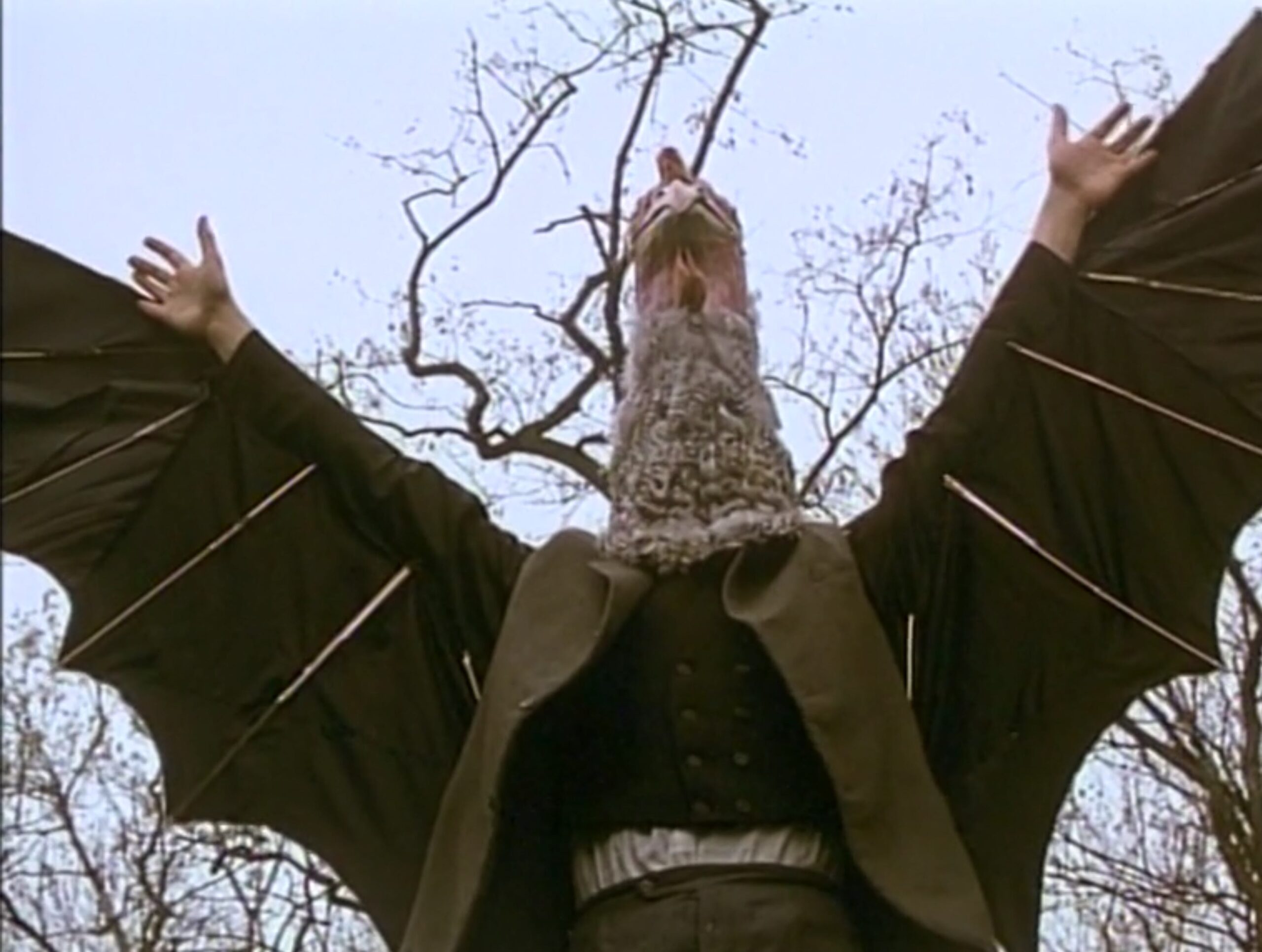
Raj Kapoor’s 1951 Bollywood epic Awaara is 2 hours and 45 minutes long. More than enough time to deliver two plots, ten musical numbers, a Busby Berkley style dream sequence, a complex moral, and some religion too. It’s a giant-sized story of romance and tragedy coupled with a neo-realist ideology, that borrows heavily from film history.
The plot is baroque, to say the least, but its bare-bones comes down to a Judge named Justice Raghunath, whose honorable wife Leela is kidnapped by Jagga a notorious criminal. Jagga has stood before the judge in the past and was told that he was nothing more than the fulfillment of his own genetic destiny. The judge explains that “Thieves and murders give birth to more thieves and murders.” Jagga finds out that his hostage is pregnant and so returns her to the Judge. Later, when Leela gives birth, everyone thinks she was impregnated by Jagga during her captivity. The judge shuns the mother-child and Jagga makes sure the child grows up to be a criminal. All of this is only the premise.
The film is ostensibly about Raj the innocent child of Leela. An outcast whose fate will push the pendulum back and forth between nature or nurture. A boy of “superior” genetic stock, forced through circumstance, to live the life of a street urchin and thief. Will his genes win out or will his experiences?
There is a subtext at work that refers to the ancient Indian epic The Ramayana. The wife and mother, Leela, is likened to Sita who is the heroine of the Ramayana. Sita must go through a trial by fire to prove that her child was not the result of a union with her captor, the ten-headed demon Ravanna. In addition, the idea of banishment is central to The Ramayana as well as many other Indian stories. It traces back to figures like Mahavira and Buddha who exiled themselves in an effort to find wisdom.

Once religion is put on the table the whole film could be seen as being about caste as opposed to class. India is still struggling today to shed the oppressive caste hierarchy that has been in place for more than 3000 years. A person’s caste never changes. You are born into it and after you die your progeny will continue it.
Whether seen through a socio-political lens or religious one the issues are the same. It is a question of fate vs. agency. When speaking about the message in the film, Kapoor explained, “In Awaara I tried to prove that Vagabonds are not born, but are created in the slums of our modern cities, in the midst of dire poverty and evil environment.” The film accomplishes something more nuanced than this one-sentence summary. Awaara considers more than just nature vs. nurture it takes on freedom vs. determinism, and our ability to change.
The plot revolves around the father, Justice Raghunath, and the son he cast out. The son, Raj, is the main character but the father’s arc is just as important. The father is the one who will learn the lesson of the film. His final judgment of his son is the climax that the movie moves toward. Near the end, during the final song, the judge appears in the jail cell where his son should be as if the judge is now the prisoner. As we look at him we hear the lyrics of the song, “Has the world made me a victim? Or am I a victim of fate?” This question has been applied to the son throughout the film, but now at the end, we are invited to consider whether it also applies to his father. His father is a judge. He is meant to apply and interpret society’s values. He may be in a position that requires objectivity but he is also a product of those societal values and thereby limited by them.

Even within Raj’s story, there are more complex factors than just his “good genes” and “bad” surroundings. He is not being buffeted by these forces in isolation. He has the moral teachings of his mother, who, although alone and destitute, is still of a higher caste. His mother has a foot in both nature and nurture.
In addition, Raj has the love and devotion of his childhood sweetheart who tries to nurture his better nature. These added influences confound the nature vs. nurture experiment. Raj is influenced by more than just polar opposites.
He also bucks against being a criminal and tries to escape the thug life but circumstances force him back in. If society is the force that impels him to become a criminal then whether Raj is driven by nature or nurture is irrelevant, it is society that is to blame.
These extra factors are what elevates the film from just a moralist tale to something more layered and deep. Awaara was extremely popular in communist countries like Russia and China. They recognized the complexity of the message and the nature of the film’s insights. The plight of the proletariat is constructed by numerous interlocking factors all of which need to be addressed in a successful revolution.
In addition to Awaara’s rich narrative, the filming clearly evokes many landmark films of the time, in particular Citizen Kane. The deep-focus shots, the extreme foregrounding, the use of long shadows, and haloed light all evoke Wells. Much of Awaara takes place in an ostentatious mansion that often dwarves the inhabitants with cavernous and lonely spaces.

Since this is a Bollywood movie Kapoor need not stop at Wells, there is an amazing Busby Berkley style dream sequence with sets that must have cost half the budget. Enormous statues representing heaven and hell appear in giant expanses of fog. It is Raj’s dream and is an opportunity to illustrate the anxiety caused by his inner conflict. Maiden’s from heaven do battle with devils from hell. The fact that the angels are all female reinforces the connection to Raj’s mother and his love interest.

The romantic arc that accompanies all of these themes is full of its own lessons about the need for fidelity, patience, and empathy. We watch Raj and Rita negotiate class, caste, and epic Romeo and Juliet conflicts as they seek to unite as a couple.
Early on in India’s film history, the censorship board banned any depiction of kissing. For years Indian couples have teetered on the precipice of kisses by bringing their lips as close as possible without touching. There are several such moments in Awaara but there is a clever scene where the camera focuses on Rita’s reflection in the water. Raj approaches her and just as they are about to kiss the reflection is disturbed by some ripples in the water. We can still see their mingled union but it is made into an abstract image. It’s a playful and elegant solution to the confines of the censorship board.

There is also a clever song about voyeurism and modesty that the couple sing as they consider their first kiss “Hide behind the clouds, O moon, So I may Shower my love on him.” It supports the value system that hides away sexuality but it is also a playful way of addressing both censorship and the audience’s desire to see the characters kiss.
The long Bollywood format allows for a wide sweep of moods and atmospheres within a single film. When Raj first emerges from a 12-year prison term the movie turns into a Charlie Chaplin film for about a half-hour. It’s one of the few times we see Raj happy which is ironic considering he is meant to be driven into a life of crime. He sings about being a vagabond and the freedom of being an outcast. The song was the breakout hit from the soundtrack.
Awaara seems to have been influenced by the Italian Neo-realists as well. It is not stripped down to the essential elements the way The Bicycle Thieves was but Awaara has the same focus on the plight of the ordinary man. It is a socialist film enriched by Bollywood and reinterpreted through a Hindu lens.
Unlike many Bollywood musicals, Awaara is a serious film with three-dimensional characters and a developed plot. It is now in the Criterion Collection. It was a landmark film that helped cement India as a prominent contributor to world Cinema.

If you enjoyed this article click here for more
www.filmofileshideout.com/archives/bollywoods-devotional-film-bhaktha-prahlada




This is an amazing write-up, thank you! Awaara, Jagte Raho and Shree 420 were films that felt very powerful and cathartic when I first saw them. It's not every day that one encounters a movie that successfully conveys social commentary while being engaging and even allegorical at times.
Your analysis definitely brings up even more points than I had not considered on my first and second viewings of Awaara.